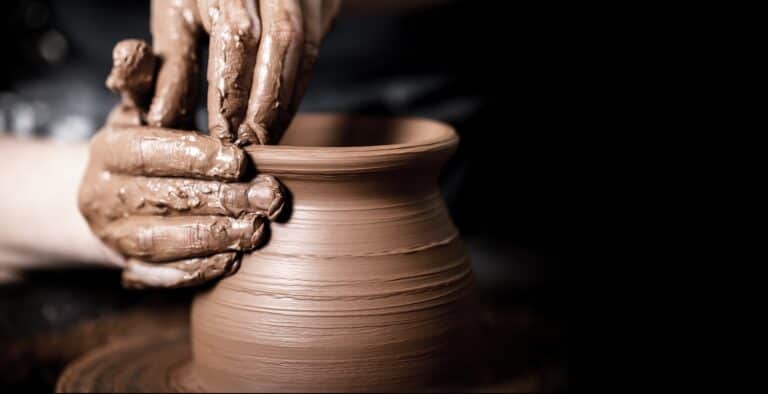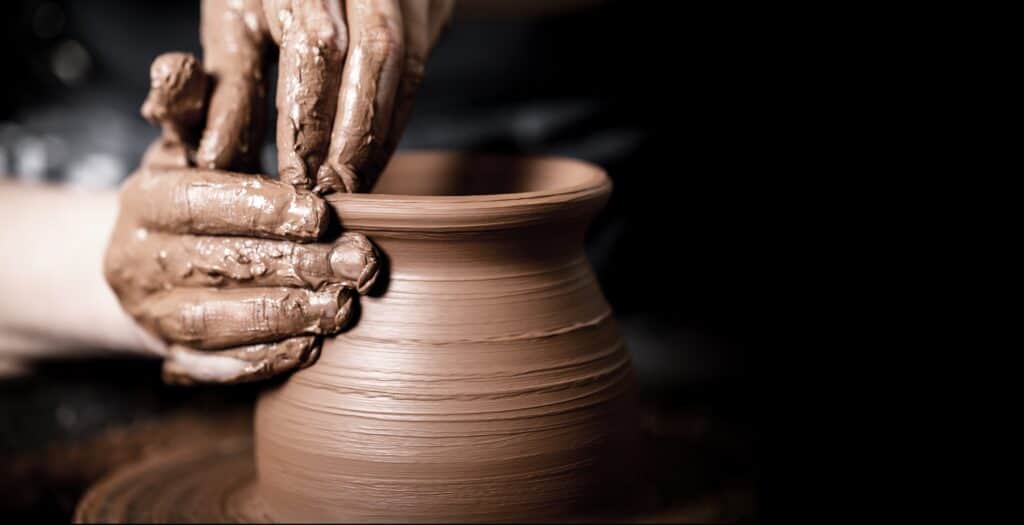

Among all species, our human hands are unique, not only in what they can accomplish but also in how they communicate. Human hands can paint the Sistine Chapel, pluck a guitar, maneuver surgical instruments, chisel a David, forge steel, and write poetry. They can grasp, scratch, poke, punch, feel, sense, evaluate, hold and mold the world around us. Our hands are extremely expressive; they can sign for the deaf, help tell a story, or reveal our innermost thoughts. – Joe Navarro
Humans are stand apart among all species for so many reasons. What we can do with our hands is one of them. Human hands have a remarkable range of capabilities. Yet, if you asked most people about the nonverbals of the hands, they would be hard-pressed to tell you all the things the hands reveal.
Despite the acquisition of spoken language over millions of years of human evolution, our brains are still hard-wired to engage our hands in accurately communicating our emotions, our thoughts, and our sentiments. Whether people are speaking or not, hands serve as signals to help us understand the thoughts and feelings of others.
Isn’t it interesting that our brain gives a disproportionate amount of attention to the fingers and hands compared to the rest of the body? Maybe it’s because our first touch is with our hands. As children we seek the hands of our parents for safety. Or, maybe it is because the human hand can hold a weapon. Whatever the reason, we tend to focus on the hands and can even be mesmerized by them. Early in the relationship with the person I would eventually marry, we had a conversation about what first attracted us to one other. I was told me it was my hands. All that time in the gym working on my abs (and I did indeed once have abs) and it was my hands!
Our human need to see hands is quite important. Try this simple experiment sometime. Without revealing your intentions, hide your hands during an entire conversation. Then, ask the other person what they thought and what they felt as you chatted. You will likely find that will have sensed that something was wrong.
In Navarro’s work with mock juries, he found that attorneys, or for that matter witnesses, that hide their hands are perceived as less open and less honest by the jurors. In his book, Louder Than Words, he provides the following list about the kinds of information we can glean from the hands and what others may interpret:
- How we touch others is determined by how we feel about them. Full touch with the palm of the hand is warm and affectionate while touching with the fingertips betrays less affection.
- When we are comfortable and contented blood flows into the hands, making them warm and pliable. Stress makes our hands feel colder and more rigid.
- You may not have noticed, but when you feel strong and confident, the space between your fingers grows, making your hands more territorial. When you feel insecure, that space disappears—in fact, you may find yourself tucking your thumbs under your fingers when under a lot of stress.
- When you feel confident, your thumbs will rise more often as you speak, especially if your fingers are intertwined in front of you.
- You will steeple your fingers (fingertips together like a church steeple) more often when confident but it will vanish the moment you lack confidence or have insecurities.
- When you are stressed, there will be more rubbing of the hands together (self-massaging or “pacifying”) which will increase in frequency and force commensurate with the stress.
- When things are really stressful, you will rub your hands together with fingers stretched out and interlaced (Teepee Hands). A behavior we reserve for when things are really bad.
- The first time we touch others is usually with a handshake. It may seem trivial, but get it wrong and it could leave a lasting negative impression. Get it right and you score emotional points.
- No one likes an aggressive handshake and vise-like grips are not appreciated.
- Handshakes should mirror the other person’s handshake, with good eye contact.
- Remember in some cultures, a handshake is a secondary greeting gesture. A hug or an abrazo, even a kiss, may be more in order.
- Hands also indicate how much we care for ourselves and how we view social convention.
Use of the hands can also add significant value to our communication. Researchers Holler and Wilkin found that effective use of gestures increases the value of a speaker’s message by a whopping 60%!
So, whether you are trying to find a romantic partner or persuade someone to enlist, subscribe, buy, or otherwise commit, your hands might help you seal the deal!
Adapted from Louder Than Words by Joe Navarro.